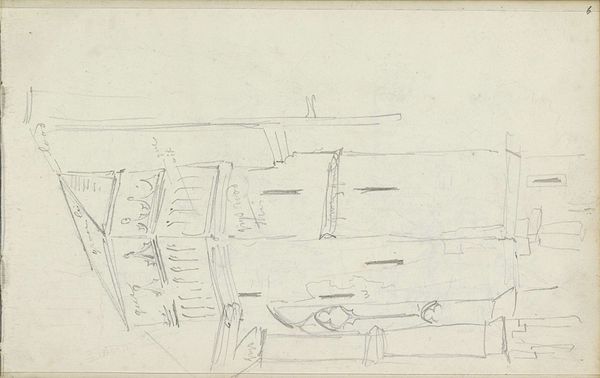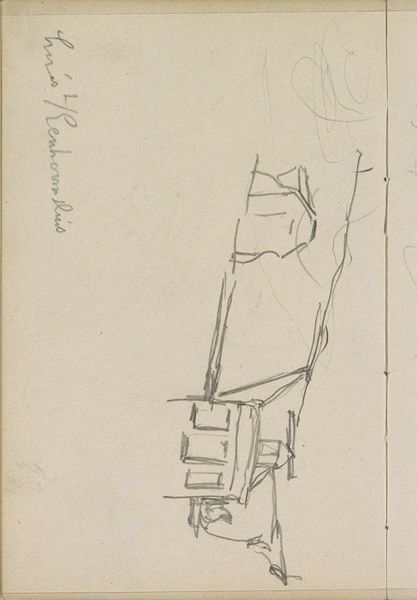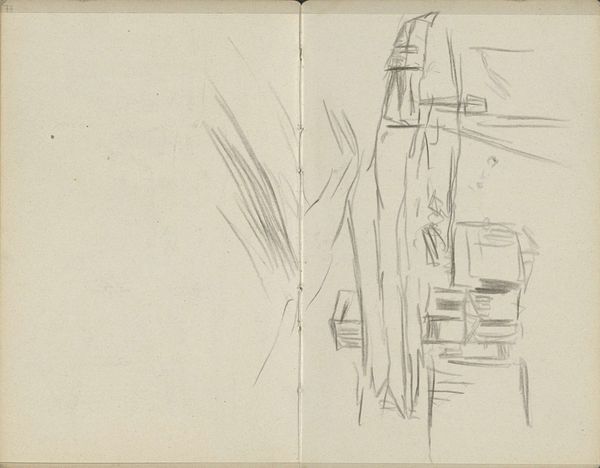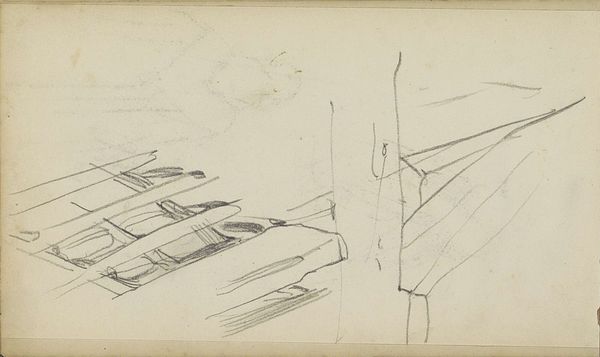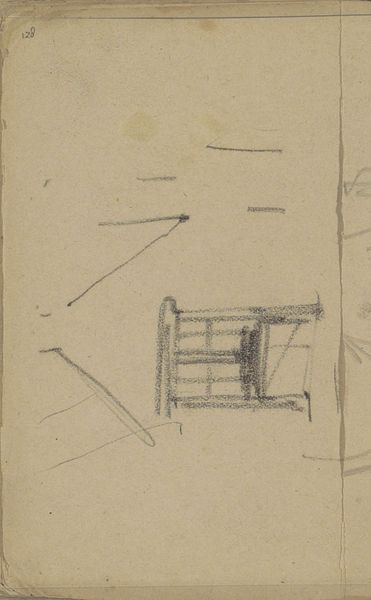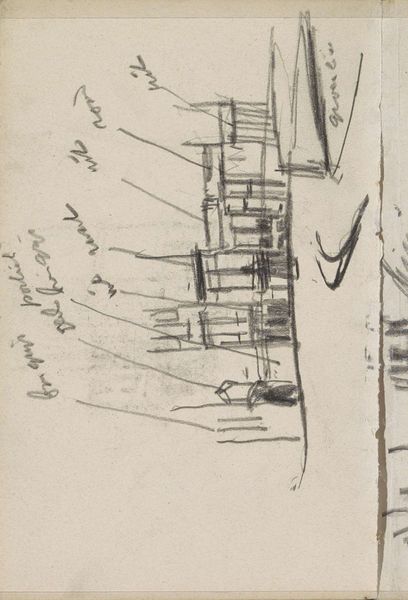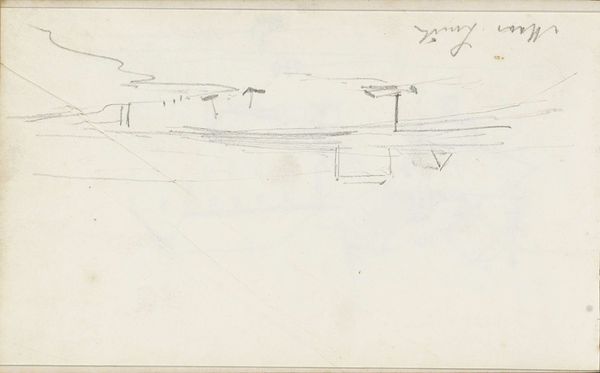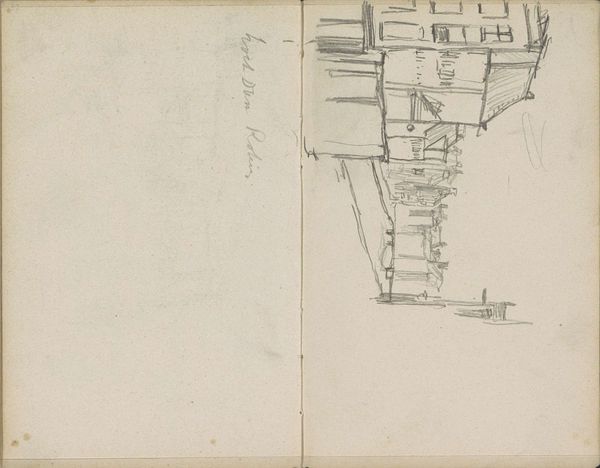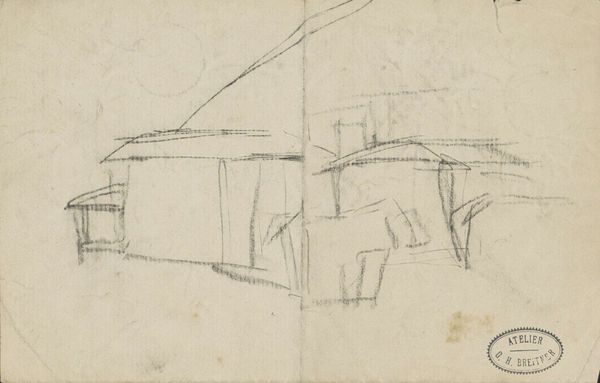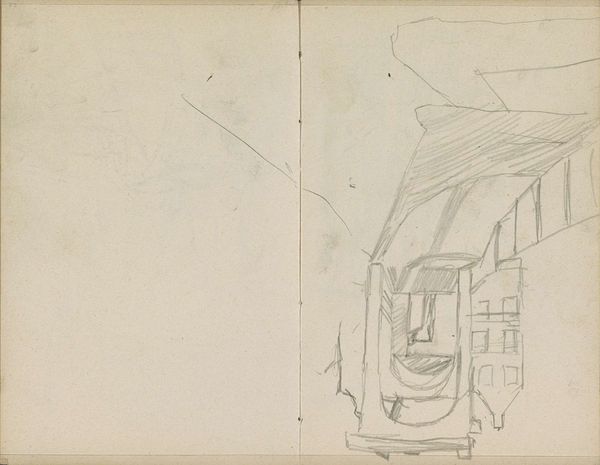
drawing, paper, pencil, architecture
#
drawing
#
paper
#
form
#
geometric
#
pencil
#
academic-art
#
architecture
Copyright: Rijks Museum: Open Domain
Editor: Here we have "Houten gewelf met dwarsbalken" – "Wooden vault with crossbeams" – created in 1860 or 1861 by Isaac Gosschalk. It's a pencil drawing on paper, and the initial sketch-like quality gives me the impression that it might be a preparatory study for something bigger, maybe architectural. What catches your eye in this piece? Curator: What grabs me immediately is the artist's hand so visibly at work. The pencil on paper becomes not just a representational tool, but evidence of labor, of planning, of the very process of building made visible. Think about the societal role of architecture at this time. These weren't just buildings, but symbols of power, religious devotion, civic pride. Gosschalk, through this study, allows us a glimpse into that construction process, challenging the idealized finished product by showing us the nuts and bolts. Editor: I see what you mean. It is much more immediate and direct than seeing the finished construction. How do you think the material – pencil on paper – affects our interpretation, as opposed to, say, a photograph of a completed vault? Curator: The materiality is everything. Pencil on paper, in its relative ephemerality, suggests a temporary, provisional status. It demystifies the "high art" of architecture. It suggests labor. This is the drafting table, the workshop made art, democratizing the art experience in a subtle, yet powerful way. Editor: So, by showing the behind-the-scenes, the labor involved, Gosschalk is making a comment on the value we place on the final, polished product? Curator: Precisely. It asks us to consider the human effort, the design, the thought behind monumental architecture, not just the grand spectacle itself. Editor: I never thought about architectural drawing that way. It gives the artwork an entirely different significance, now that I see it highlighting process over just form. Thanks! Curator: My pleasure! Seeing art through the lens of labor really opens it up.
Comments
No comments
Be the first to comment and join the conversation on the ultimate creative platform.
